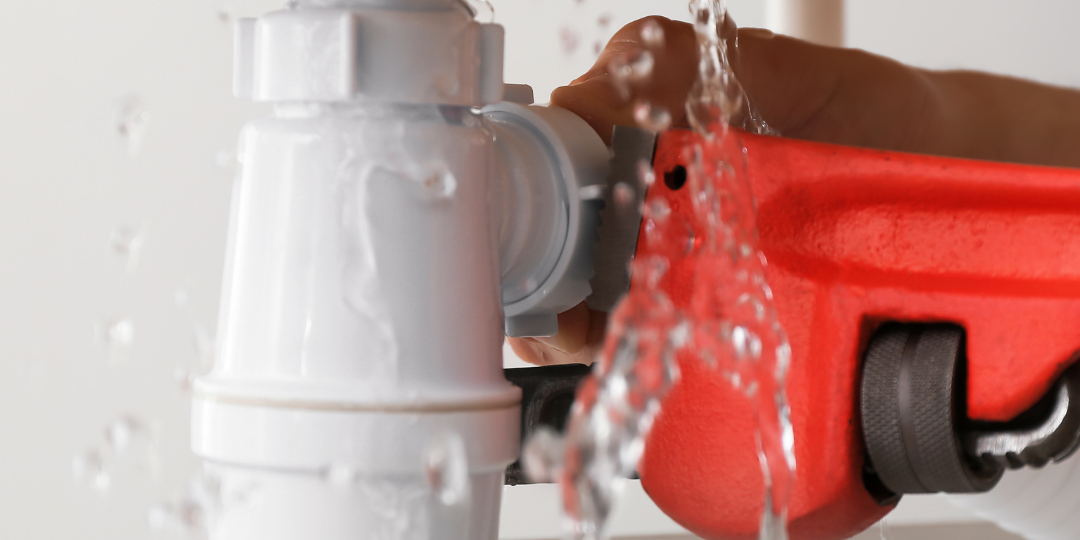To avoid water damage and waste, learn to spot sneaky leaks within your house and on your property.
Read on for wise information on evaluating whether you’ve sprung a leak and how to pinpoint its position so you can stop the plumbing issue in its tracks. Every homeowner should be able to discover a water leak.
Check the water bill
If your monthly water bill is particularly high and you haven’t been using more water than usual, there may be a leak. Monthly water costs are generally predictable. A household of four should normally use no more than 12,000 gallons per month, according to the Environmental Protection Agency, with the possible exception of the summer if you water a garden or lawn. Keeping an eye on your water bill is a wise, proactive habit since even little leaks, like a faucet with a constant trickle, may waste up to 10,000 gallons of water annually.
Monitor the water meter
Monitoring your home’s water meter will provide you with a clear answer if you suspect a leak. In places where temperatures don’t drop below freezing, the meter is frequently situated on the side or rear of the home, close to where the water supply line enters the building, or behind a manhole-style cover close to the street. To keep an eye on the meter, do the following:
- Make sure the washing machine and dishwasher are not running, and shut off all of the water taps in your house.
- Make a note of the figures you observe when you check the water meter. Check again when you return in an hour. There must be a leak somewhere if the numbers have changed.
- Turn down the shut-off valve on your home’s main water supply line to verify whether the leak is within the house or outside (only for properties with meters placed at the street). The place where the water pipe enters the house is either a basement or a utility room.
- Wait another hour after checking the water meter and recording the readings. If the figures remain the same when you check again, your residence is where the leak is coming from. The leak is in the underground water main that flows to the home if the numbers have changed.
Check for Patches of Greener Grass
Everyone wants a lush lawn, but if a section of your yard is much greener (and growing more quickly) than the rest, it may be a sign that a subterranean water line is leaking there. You could even see small puddles on the ground’s surface if the leak is serious.
Look into the Fixtures and Appliances
If the water meter test reveals a leak within your house, ensure sure the cupboards beneath the sinks in the kitchen, laundry room, and bathroom are dry. Additionally, be on the lookout for puddles under the water heater, dishwasher, and laundry dryer as well as at the bottoms of the tubs, toilets, and showers. Turn off the water supply valve to that appliance or fixture if you notice any puddles, then call a plumber.
Dye Test the Toilet
The toilet is a common location for interior leaks, so if you don’t see any puddles around fixtures or appliances, see whether it needs to be fixed. Water can flow from the tank into the bowl when the flapper on the toilet, a rubber stopper that stops water from entering the bowl until you flush the toilet, becomes brittle over time.
Take out a bottle of food coloring, and add a few drops to each toilet tank throughout the home. Within five minutes, color will show up in the toilet bowl if the tank is leaking. Call a plumber if you notice color in the bowl; however, if you’re skilled at home repair tasks, you can usually swap out the flapper on your own.
Keep an Eye Out for Leaking Hints
Some leaks are far more covert than others, such as when a fitting on a supply line under your sink malfunctions and sends a shower of water flying! In the worst case scenario, water may be slowly seeping from pipe fittings inside a wall and be undetected until it causes significant damage. It’s an excellent idea to keep an eye out for the following even if the water meter test shows that you don’t currently have a leak because one might occur at any time in the future:
- Bubbling paint or bulging wallpaper
- Wall discoloration.
- A musty smell.
- A dripping sound.
All of the above indications of a leak should be taken into consideration, however not all leaks are plumbing-related. The water may possibly be coming from a window frame or roof leak. In any case, leaks need to be fixed very away to lessen the chance of water damage.
For all your plumbing needs, feel free to contact The Family Plumber!







